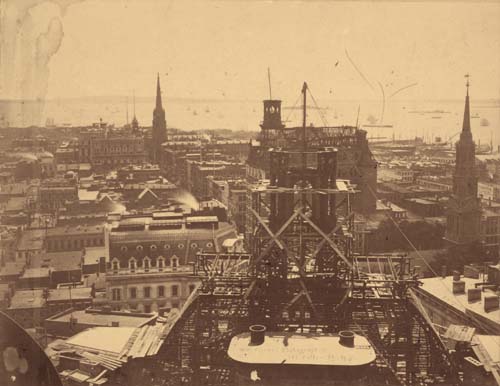Sale 1996 - Lot 18
Price Realized: $ 23,000
?Final Price Realized includes Buyer’s Premium added to Hammer Price
Estimate: $ 14,000 - $ 18,000


Aliquam vulputate ornare congue. Vestibulum maximus, libero in placerat faucibus, risus nisl molestie massa, ut maximus metus lectus vel lorem.